« Return to all search results
Title Search Results

Most people don't think about singing when they think about revolutions. But song was the weapon of choice when, between 1986 and 1991, Estonians sought to free themselves from decades of Soviet occupation. During those years, hundreds of thousands gathered in public to sing forbidden patriotic songs and to rally for independence. "The young people, without any political party, and without any politicians, just came together ... not only tens of thousands but hundreds of thousands ... to gather and to sing and to give this nation a new spirit," remarks Mart Laar, a Singing Revolution leader featured in the film and the first post-Soviet Prime Minister of Estonia. "This was the idea of the Singing Revolution." James Tusty and Maureen Castle Tusty's "The Singing Revolution" tells the moving story of how the Estonian people peacefully regained their freedom--and helped topple an empire along the way.

Assigned on a mission to capture Mukade, a missing-nin, Naruto Uzumaki sets out for the once glorious historic ruins of "Ouran", where he pursues and corners the rouge ninja. Mukade's goal is revealed to be a dormant leyline within the ruins; he unleashes the power of the leyline, causing a light to envelop Naruto, sending him into the past, 20 years before the series began. When Naruto awakens, he comes into contact with the Fourth Hokage, Minato Namikaze.
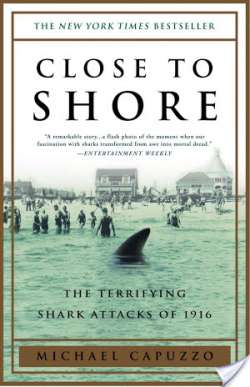
Combining rich historical detail and a harrowing, pulse-pounding narrative, Close to Shore brilliantly re-creates the summer of 1916, when a rogue Great White shark attacked swimmers along the New Jersey shore, triggering mass hysteria and launching the most extensive shark hunt in history. In July 1916 a lone Great White left its usual deep-ocean habitat and headed in the direction of the New Jersey shoreline. There, near the towns of Beach Haven and Spring Lake--and, incredibly, a farming community eleven miles inland--the most ferocious and unpredictable of predators began a deadly rampage: the first shark attacks on swimmers in U.S. history. For Americans celebrating an astoundingly prosperous epoch, fueled by the wizardry of revolutionary inventions, the arrival of this violent predator symbolized the limits of mankind's power against nature. Interweaving a vivid portrait of the era and meticulously drawn characters with chilling accounts of the shark's five attacks and the frenzied hunt that ensued, Michael Capuzzo has created a nonfiction historical thriller with the texture of Ragtime and the tension of Jaws. From the unnerving inevitability of the first attack on the esteemed son of a prosperous Philadelphia physician to the spine-tingling moment when a farm boy swimming in Matawan Creek feels the sandpaper-like skin of the passing shark, Close to Shore is an undeniably gripping saga. Heightening the drama are stories of the resulting panic in the citizenry, press and politicians, and of colorful personalities such as Herman Oelrichs, a flamboyant millionaire who made a bet that a shark was no match for a man (and set out to prove it); Museum of Natural History ichthyologist John Treadwell Nichols, faced with the challenge of stopping a mythic sea creature about which little was known; and, most memorable, the rogue Great White itself moving through a world that couldn't conceive of either its destructive power or its moral right to destroy. Scrupulously researched and superbly written, Close to Shore brings to life a breathtaking, pivotal moment in American history. Masterfully written and suffused with fascinating period detail and insights into the science and behavior of sharks, Close to Shore recounts a breathtaking, pivotal moment in American history with startling immediacy. From the Trade Paperback edition.
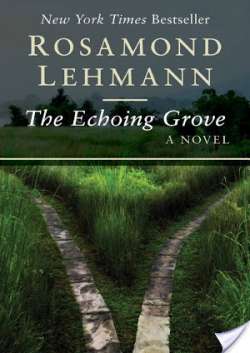
Two sisters fall for the same man in this New York Times–bestselling novel of WWII-era England by an “immensely readable” author (Elizabeth Jane Howard). Rickie Masters is married to Madeleine, who is sitting out the war in the country with their children. Their domestic serenity is shattered when Rickie falls in love with Madeleine’s sister, Dinah, and they begin a clandestine, guilt-ridden affair. When Madeleine discovers their infidelity, accusations are hurled and hard choices are made. Then, a year before the war officially ends, tragedy strikes, and it is only after an estrangement of fifteen years that Madeleine and Dinah will begin to struggle toward some kind of reconciliation. Shifting between the three characters’ viewpoints, and shuttling seamlessly between past and present, The Echoing Grove is a story of life: messy, unpredictable, and unstoppable. It is about family, the things that hold us accountable, the events that lead to life-altering decisions, and the emotions that make us human. And above all it is about love: romantic love, married love, familial love, and illicit love. The heart wants what it wants, regardless of the cost.
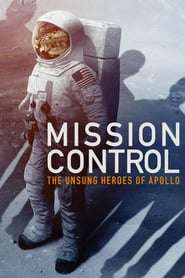
At the heart of the Apollo program was the special team in Mission Control who put a man on the moon and helped create the future.

Teenage Johanna lives with her aunt Solveig in a small house bordering the forest on the outskirts of a remote coastal town in Finland. She leads a lonely existence that is punctuated by visits to her privileged classmate, Ulla Bäckström, who lives in the nearby luxury gated community. It isn’t until Ulla tells her the local lore about the American girl and the tragedy that took place more than thirty years before that Johanna begins to question how her parents fit into the story. She sets out to unravel her family history, the identity of her mother, and the dark secrets long buried with her father. In the process of opening closed doors, others in the community reflect back on the town’s history, on their youth, and on the dreams that play in their minds. Soon a new story emerges, that stirs up Johanna’s greatest fears, but ultimately leads to the answers she is searching for. The Glitter Scene is a riveting mystery that explores the roles of truth and myth, reality and fiction, and the repercussions of family secrets.
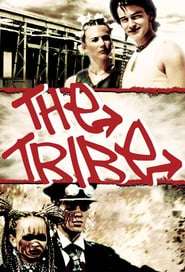
The Tribe is a New Zealand/British post-apocalyptic fictional TV series primarily aimed at teenagers. It is set in a near-future in which all adults have been wiped out by a deadly virus, leaving the children of the world to fend for themselves. The show's focus is on an unnamed city inhabited by tribes of children and teenagers. It was primarily filmed in and around Wellington, New Zealand. The series was created by Raymond Thompson and Harry Duffin and was developed and produced by the Cloud 9 Screen Entertainment Group in conjunction with the UK's Channel 5. It has aired on over 40 broadcast networks around the world. It debuted on Channel 5 on 24 April 1999 and quickly gained a large fan base. From 1999 to 2003, five series and 260 half-hour episodes were produced. Series 6 was scheduled to begin filming in 2003, but Nick Wilson, of Channel 5, and Raymond Thompson felt that "although the show was still performing well, the cast was getting too old and the series was beginning to stretch the core proposition." They felt the characters were not kids fending for themselves without adults any more. As a result, the show was cancelled. Channel 5 aired the final two episodes on 6 September 2003.
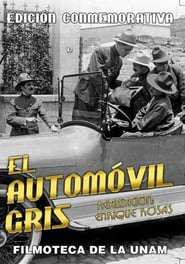
A gang terrorizes Mexico City's high society on 1915. Murder, kidnaping and robbery are their trademarks. One police inspector (Cabrera) follows the gang crimes and eventually send them to the jail.
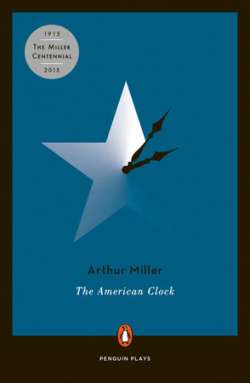
A bold, vibrant panorama of the Great Depression by “the moral voice of the American stage” (The New York Times) Capturing a cross-section of American life in the throes of the Great Depression, The American Clock presents what Miller called “a mural for theatre,” based loosely on Stud’s Terkel’s oral history, Hard Times. It is the story of a single family, Moe and Rose Baum and their son Lee, who lost everything in the crash of ’29. When Lee leaves Brooklyn and travels west in search of work, he comes face to face with the true scope of the Depression’s devastation and encounters a tapestry of interlocked stories unfolding across a nation in crisis. In a series of vignettes, a vast ensemble of characters sets the Baums’ struggles in relief: a shoeshine man, a corporate tycoon, a dispossessed farmer, a struggling prostitute, a young songwriter, and a communist comic-strip artist, among many disparate American identities. All the while, the clock ticks towards a new era in history, and time is running out for the Baums and the America they know.
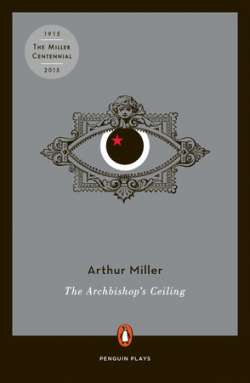
A masterful mix of art, sex, and politics behind the Iron Curtain, by America’s greatest dramatist In an unnamed Eastern European capital, four writers gather in what was once an archbishop’s palace. There is Adrian, a successful American author struggling with questions about a novel he has set in the city, and Marcus, a once-imprisoned radical who has become a darling of the current regime. Finally, there is Sigmund, perhaps the country’s greatest living writer, who refuses to compromise his artistic integrity to appease the regime. Between them all is Maya, a poet and actress who has been a mistress and muse to each man. The ornately decorated ceiling above them may or may not be bugged, and the group carefully watches their words as they discuss the play’s central dilemma – should Sigmund stay and resist the oppressive state, or should he defect and pursue his art in freedom? Their conversation poses crucial questions about mass surveillance, morality, and the authenticity of art, and remains as relevant today as it was during the height of the Cold War.
